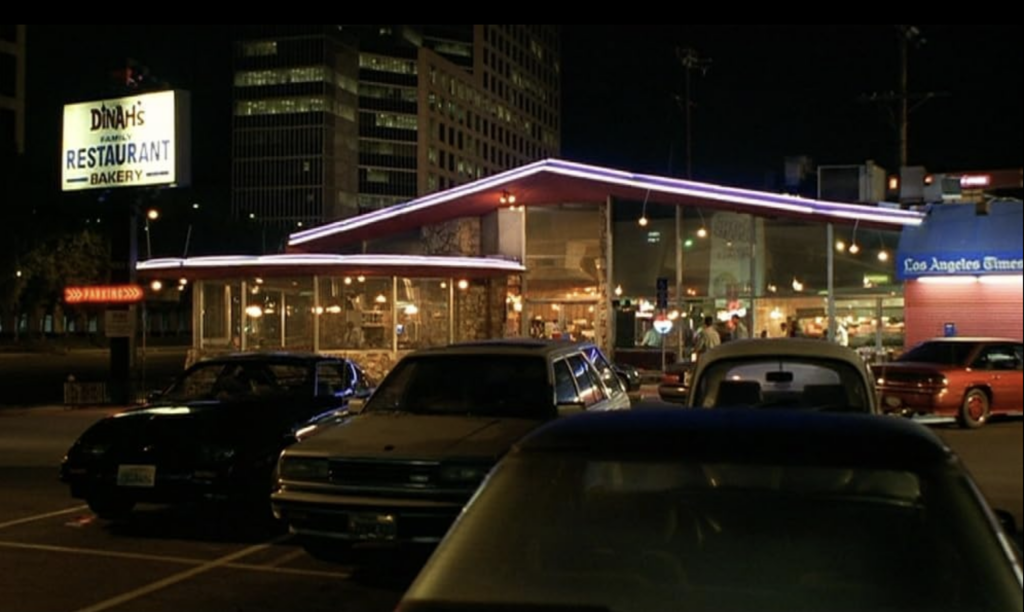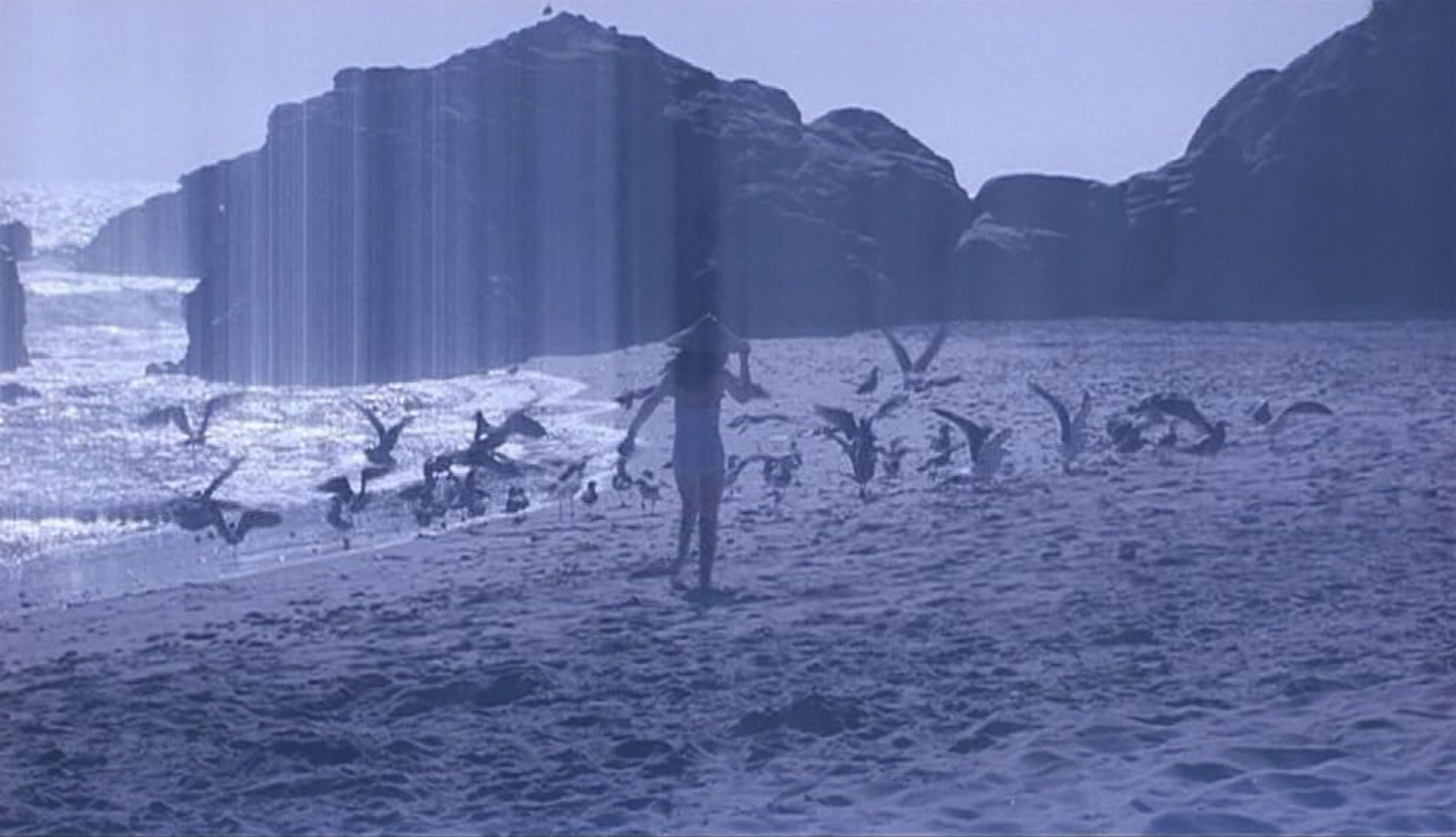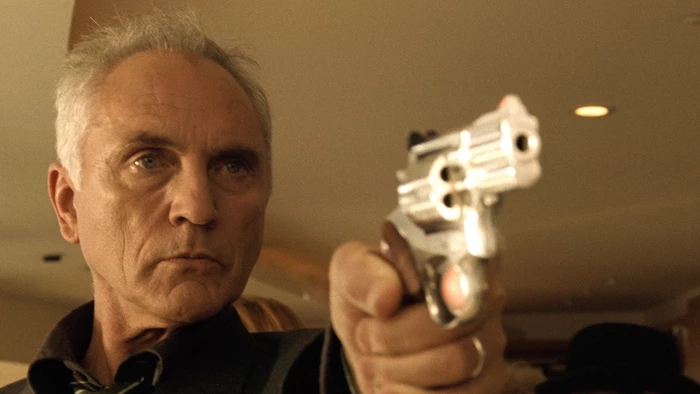I don’t have a favorite movie genre. I love dramas, historical epics, comedies, action, martial arts, romcoms, mysteries, meta-films, gangster movies, slice-of-life indies, films plumbing the meaning of existence, and even art films offering beautiful abstractions. Unlike most men, I adore a good musical (too bad there are so few). But if I had to watch 24 hours of randomly selected titles within one genre, it would be film noir.
All film noirs are tangles—they begin with a problem that may be a puzzle, then follow characters who knot themselves deeper into the tangle until they reach a crisis point. In movies like The Maltese Falcon, Kiss of Death, or L.A. Confidential, the audience thrills in watching the protagonists escape the crisis. In others (Detour, Sunset Boulevard, Read My Lips), equal delight is had in following the characters deeper into calamity. I wonder if that’s because film noir gets the human condition right—we are all of us fallen and sinful. “For I know that nothing good dwells in me, that is, in my flesh. For I have the desire to do what is right, but not the ability to carry it out.” (That’s Romans 7:18, if you want to look it up.)
Because film noir is about idiot, lawless characters and not about time, place, or setting, it spawns endless permutations. I recently watched Emily the Criminal, which is a perfect film noir for the Millennial set, with the young protagonist slowly drawn into modern criminal schemes (fake credit cards, Craigslist scams) so she can make rent. I wrote about Kiss or Kill, which is set in the Australian Outback. And then there is The Limey, which seems to transcend time, space, and circumstance.

In The Limey, Wilson, a white-haired Cockney tough, arrives in Los Angeles to find his daughter’s killer and exact revenge. Terence Stamp’s presence and performance broadens the timeframe. Here is a movie actor from the 1960s walking into focus in the film’s opening shot as if he’s stepped out of a time machine. In a film of choices, even the props make sense—Wilson, Valentine, and the various thugs use revolvers and 1911-pattern guns rather than Glocks. The old school cast features not only Stamp, but also Barry Newman, Lesley Ann Warren, and Peter Fonda as antagonist Valentine. As for the setting, Los Angeles is your classic film noir city, with modernist glass boxes (the villain’s house) coexisting with classic mid-century California apartment buildings. Here is a city that in many ways acts as a time machine, and The Limey exploits this quality in many ways. As much as this film is about revenge and rage, it’s also about memory. Film is a time-based medium, and a clever movie understands that.
The editing structure is The Limey’s most notable feature. Flashbacks have flashbacks. Voiceovers do not correspond with what you see. For a man who spent most of his life in prison, who made a hash of his life and who, he realizes, is responsible for his daughter’s descent, this makes sense. This is Wilson’s state of mind in contrast to his outward coolness and focus. In his mind, his idyllic past and the black hole of prison life jumble together. Steven Soderbergh and editor Sarah Flack spliced in footage from 1967’s Poor Cow to depict Wilson’s past, and his memories of daughter Jenny are depicted as a home movie, complete with the blur of film slipping out of the gate.

The way Soderbergh, Flack, cinematographer Ed Lachman, and the rest of the filmmakers attack their craft adds another dimension: The Limey is a meta-film about the noir genre itself. It not only calls back to previous decades, it’s actually about the past. Valentine says during a quiet scene: “Did you ever dream about a place you never really recall being to before? A place that maybe only exists in your imagination? Some place far away, half remembered when you wake up. When you were there, though, you knew the language.” That describes the dream-like state of The Limey, even though what Valentine is describing was the drug-fueled haze of the Sixties.
In the end, The Limey is an extraordinary film noir not just because it’s about fallen people with regrettable pasts, it’s about fallen people with regrettable pasts who come to terms with these regrets. All the key players—Wilson, Valentine, Jenny, even tough guy Avery, play their parts as people who see the darkness within them and confess their sins. The knot, then, is not undone by sheer circumstance or happenstance, but by a film noir grace. I included Steven Soderbergh’s masterpiece in my 1990s series because I remember its iconoclastic editing strategy and its old school vibe. But now I see how it loops back on itself—a film about films. That’s how memory works.

